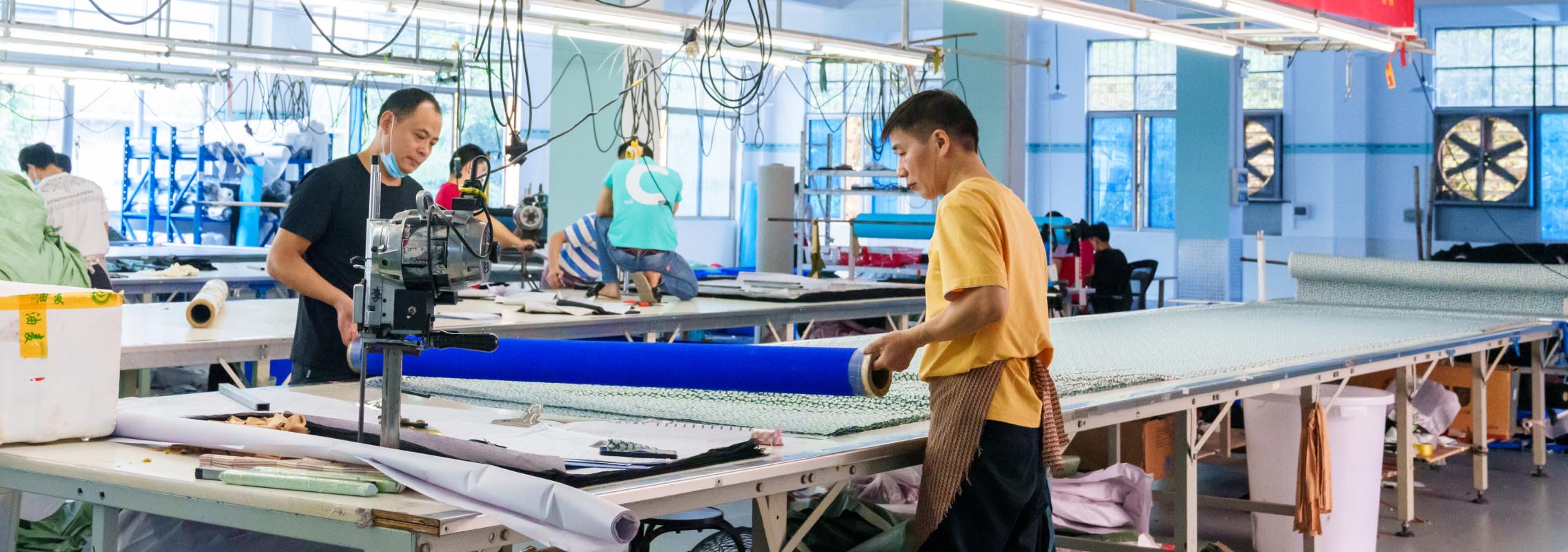We set science-based targets to fight climate change – both within our operations and in collaboration with our suppliers and partners.
Our Emissions Reduction Roadmap & Initiatives

SHEIN is committed to reducing absolute greenhouse gas (GHG) emissions across our entire value chain by 25% by 2030. This science-based target covers every stage of our supply chain – from sourcing, production and processing of materials, product assembly, own operations, logistics, to the disposal of our products at their end of life.
SHEIN 2022 GHG Emissions
| Scope | Description | GHG Emissions (tCO2e) (in thousands) | Proportion |
|---|---|---|---|
| Scope 1 | Emissions generated by SHEIN facilities | 4 | < 0.1% |
| Scope 2 | Emissions from energy we purchase to power SHEIN facilities | 20 | 0.2% |
| Scope 3 | Emissions from the entire supply chain | 9,150 | 99.7% |
| Total GHG Emissions (tCO2e) (in thousands) | 9,174 |
In 2022, production volume increased by 57% and our emissions increased by 52%. The change in our absolute emissions from 6.04 to 9.17 million tons CO2e from 2021 to 2022 comes from the strong growth of our business. We are at the beginning of our mitigation journey and began implementing decarbonization programs at the end of fiscal year 2022.
To guide our work, we have identified three areas to minimize our impact and make change:
- To reduce our Scope 1 emissions, we will increase investments in energy-saving efforts across our business and through improved measurement techniques. We set a 42% reduction target in scope 1 by 2030, heading towards carbon neutrality in our direct operations. By 2030, we will have implemented programs to better control and reduce the electricity we use in our offices and plan to use renewable energy for 100% of our own operations.
- To reduce Scope 2 emissions, we will purchase Renewable Energy Certificates from the utilities where we operate warehouses, mostly in southern China and plan to become carbon-neutral in scope 2 by 2030.
- To reduce our Scope 3 emissions, we’ll work closely with our supply chain and expert partners to collaborate on carbon reduction plans and to transition to renewable energy sources. We acknowledge that most of our emissions lie in scope 3 and significant work remains to be done. Through new partnerships with the Apparel Impact Institute (Aii) and Brookfield Renewable Partners, we’ve begun to promote renewable energy use and energy efficiency projects aimed at reducing carbon emissions. We have committed to investing US $7.6 million in Aii programs to help us achieve our supply chain reduction goals. Additionally, through our localization strategy, we are moving production capacity closer to our key markets, which will reduce transportation and air freight emissions. We are also conducting research on new, more sustainable fibers and materials and switching to preferred materials for products and packaging.
RisilienceTM Climate risk study

SHEIN’s business model is focused on resilience. To better understand our climate risks in the transition to a low-carbon future, we partnered with Risilience™ – a SaaS platform provider that works closely with its academic partner, the Centre for Risk Studies at the University of Cambridge Judge Business School, to tackle complex issues of management science and business risk. Risilience™ uses a rigorous, scenario-based framework that integrates a wide range of risk classes with the latest international standards in climate science to provide a comprehensive view of a corporation’s balance sheet risk relative to climate change. Together we conducted a climate risk modeling exercise to help explore and prioritize several initiatives in our carbon-reduction roadmap: use of sustainable aviation fuels (SAFs), nearshoring of production to cut down on transportation and air freight, and switching to preferred materials for products and packaging.
